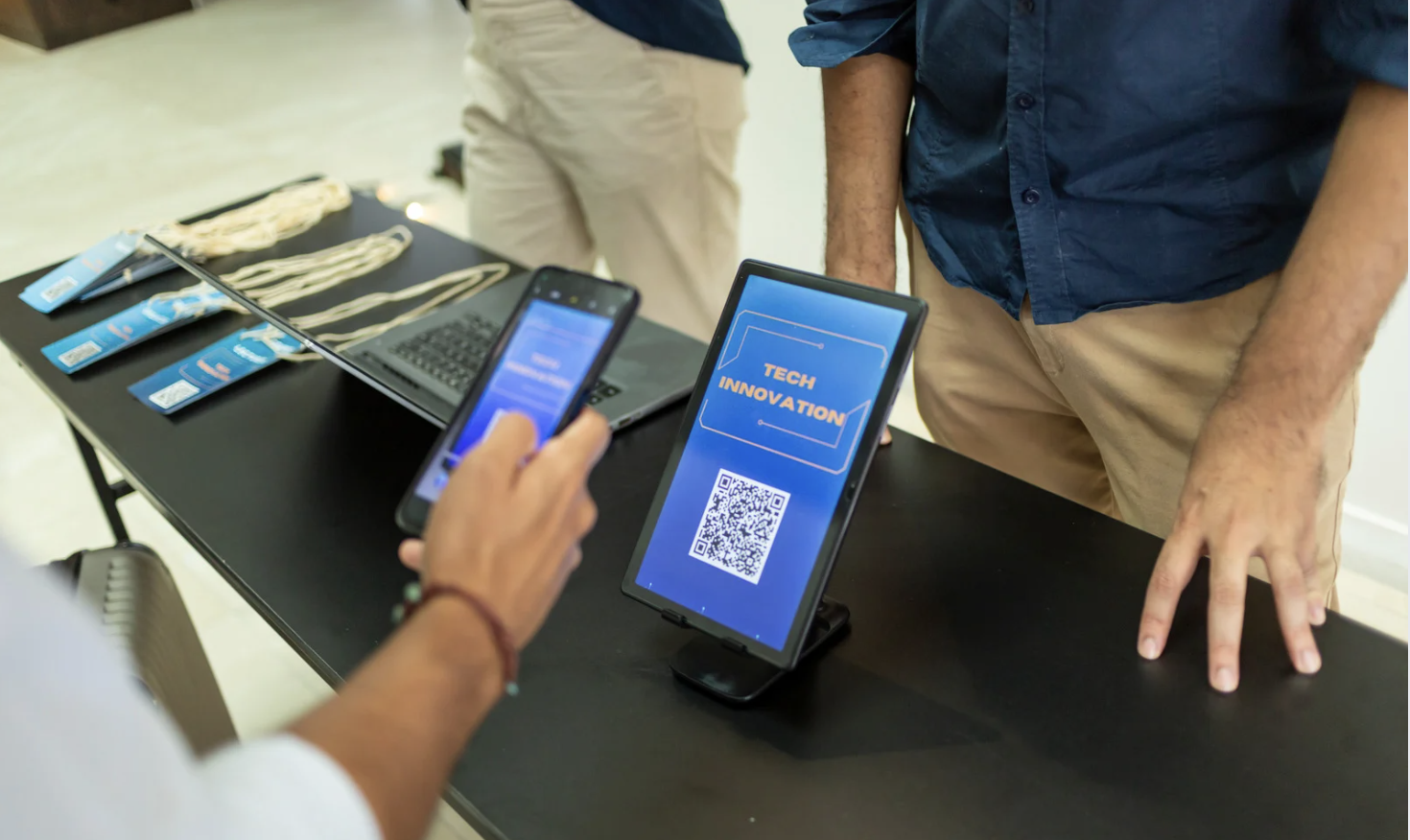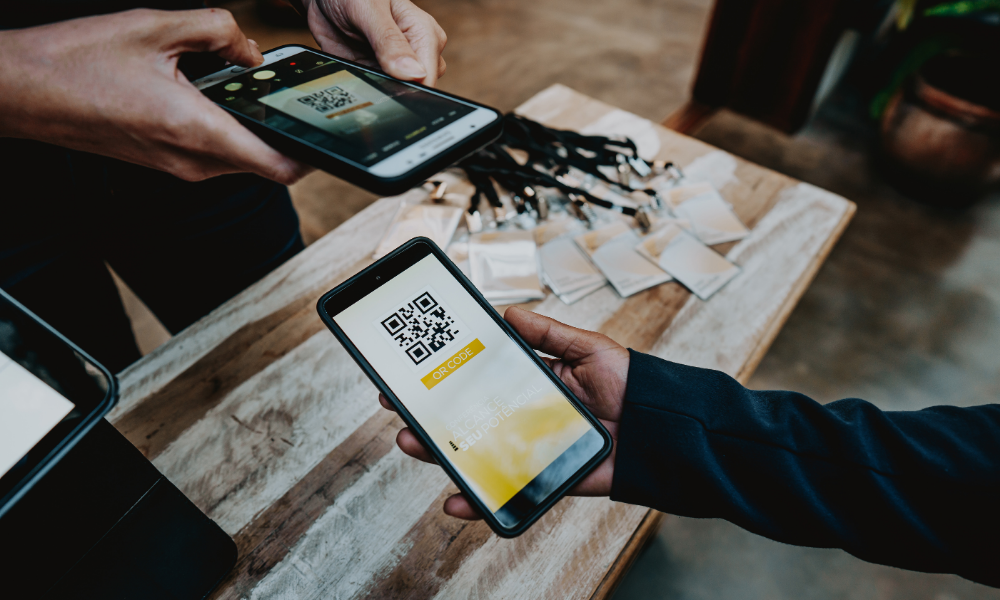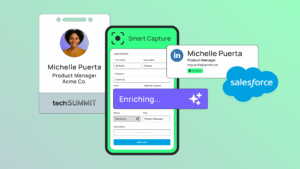
The lights are up, the room is filling, and your staff are welcoming guests. It’s the moment when months of planning come to life. But behind every smooth arrival and every on-time session is something most attendees never notice: the reliability of your event technology.
When tech works, no one thinks twice. Check-in flows, registrations update instantly, session attendance is logged, and follow-up data is accurate. When it doesn’t, the cracks show immediately — long lines, missing records, and frustrated guests.
That’s why understanding what makes event technology reliable is so important. In this blog, you’ll learn the five essential qualities that keep your platform dependable, why offline resilience is now a must-have, and a framework to help you evaluate providers with confidence. By the end, you’ll know exactly what to look for to keep your events running smoothly, no matter the circumstances.
Why Reliability Matters
Every event plays a role in shaping how your organization connects with its audience, whether it’s about sharing information, building relationships, or driving outcomes like enrollment, fundraising, or revenue. No matter the size or purpose, reliability is at the core of delivering a smooth, professional experience.
When technology fails, the risks are real:
- Missed registrations or incomplete attendance data
- Staff under unnecessary stress troubleshooting issues on the fly
- Harm to your institution’s credibility in front of participants, donors, or stakeholders
When choosing event technology, features and pricing often get the spotlight. But reliability should be the foundation of your decision. Without a stable platform, the best features won’t deliver their value.
The Core Qualities of Reliable Event Technology
So what does “reliable” actually look like in practice? Here are the non-negotiables.
1. Performance at Scale
Your event tech must be able to handle spikes in registrations, logins, and check-ins without slowing down. Events rarely run at a steady pace — they surge. Reliability means being ready for peak moments without sacrificing attendee experience.
2. Stability and Transparent Communication
Reliability means more than just strong code — it’s about protecting the attendee experience from disruption. A dependable event platform is built with guardrails that prevent risky mid-event updates, untested features, or bugs that could cause crashes. Stability ensures that even during peak usage, your system performs consistently.
But reliability isn’t only technical. It also depends on how your vendor communicates with you. The best platforms provide proactive, transparent updates so you’re never caught off guard. That means:
- Advance notice of changes so you can plan confidently.
- Clear alerts on known issues to help staff adapt in the moment.
- Accessible resources and support so fixes are easy to implement.
- Feedback channels that give event teams a voice in shaping improvements.
Transparent communication builds trust. It shows that your technology partner is committed not just to innovation but also to keeping your events running smoothly.
3. Security and Compliance
Protecting sensitive information is non-negotiable, especially when handling student records, patient data, or constituent details. Reliable event technology should be built with security at its core and align with established compliance standards. Depending on your organization, that may include:
- FERPA – Protecting student educational records in higher education
- HIPAA – Safeguarding patient information in healthcare settings
- PCI DSS – Ensuring secure handling of payment data across all industries
- GDPR – Upholding data privacy for international attendees
- SOC 2 – Demonstrating rigorous controls around security, availability, and confidentiality
Compliance isn’t just about meeting requirements. It’s about reinforcing trust with attendees, donors, and stakeholders by ensuring their data is always protected.
4. Offline Resilience
The reality is, even the most modern venues have unreliable internet. Conference centers strain under the weight of thousands of people logging in at once. Universities and hotels can have dead spots. If your event technology relies completely on Wi-Fi, you’re rolling the dice.
When the network falters, so do the basics — check-ins stall, confirmations don’t go through, and attendance data gets spotty. The result? Long lines, frustrated guests, and gaps in your reporting that can’t be filled later.
That’s why offline resilience matters. The right platform keeps check-ins and badge printing running smoothly, allows staff to keep registering walk-ins, and quietly syncs everything back once the connection is restored. Your attendees never notice the hiccup, and your team stays in control.
5. Continuous Innovation
Reliability isn’t about freezing technology in place. It’s about building a platform that keeps getting stronger without sacrificing dependability. Continuous innovation means regular performance improvements, smarter infrastructure, and scalability upgrades that allow your system to handle whatever your events demand.
How to Evaluate Event Tech Reliability

If reliability is your goal, how do you cut through marketing claims and evaluate potential providers? Here’s a practical checklist.
Ask About Uptime Guarantees
Reliability isn’t just a promise — it should be measurable. That’s where uptime guarantees come in. Uptime is the percentage of time a system is available and functioning, and it’s one of the clearest signals of a vendor’s stability.
Here’s how to evaluate it:
- Look for numbers, not adjectives. A vague claim of “high uptime” isn’t enough. Reliable providers put it in writing — typically 99.9% uptime or higher.
- Check the SLA (Service Level Agreement). This legally binding document should spell out exactly what uptime percentage is guaranteed, how downtime is tracked, and what compensation (if any) you receive if the standard isn’t met.
- Ask for historical performance. Don’t just accept future promises. Request uptime reports from the past 12-24 months to see whether the vendor consistently met their SLA.
- Understand exclusions. Some providers exclude planned maintenance or certain types of outages. Make sure you know what “uptime” actually covers.
Strong uptime guarantees backed by real performance data give you confidence that your event tech will stay online when it matters most.
Understand Release Processes
How a vendor manages product updates is one of the clearest indicators of reliability. Even the most innovative features can become liabilities if they’re rolled out without proper testing or land during a critical event.
When evaluating release processes, ask vendors:
- How are updates tested? Look for a structured QA process with automated testing, sandbox environments, and beta programs before features are widely released.
- What’s the release schedule? Reliable platforms follow predictable release cycles — not surprise updates that can catch event teams off guard.
- Are customers notified in advance? Providers should give you clear communication about what’s changing, when it’s happening, and whether you need to take any action.
- Is there rollback capability? In case an update introduces an issue, reliable vendors have a process to revert quickly without disrupting live events.
The goal is simple: innovation should enhance reliability, not jeopardize it. Platforms that balance stability with improvement give you confidence that new features will help your events run better, not add last-minute risks.
Look for Compliance Certifications
Confirm certifications and audit processes to ensure your vendor meets standards. Beyond checking a box, certifications show that a provider invests in long-term reliability, data protection, and industry best practices.
A truly reliable event platform doesn’t just work under pressure — it demonstrates that it can be trusted with sensitive data, withstand scrutiny, and evolve as regulations change. That combination of resilience and accountability is what separates a short-term tool from a long-term partner.
Confirm Offline Capabilities
Not all “offline modes” are created equal. To ensure your system can truly keep events running without Wi-Fi, dig into these specifics:
- Core workflows offline: Can staff still check in attendees, scan badges, and register walk-ins without connectivity?
- Local data storage: Does the system securely store activity on the device until it can sync later?
- Seamless syncing: Once Wi-Fi returns, are all offline actions automatically uploaded to the cloud/CRM without creating duplicates or errors?
- Visibility for staff: Does the platform clearly indicate what’s been synced vs. what’s still pending, so nothing gets lost in the shuffle?
- Known limitations: Ask vendors to be transparent about what does not work offline (e.g., certain external ID functions or real-time analytics).
This is exactly the problem that something like Swift Mode in the Blackthorn app was built to solve. Instead of relying on a constant internet connection, Swift Mode stores each check-in securely on the device, then syncs everything back in batches when Wi-Fi is available again. That means no bottlenecks, no lost data, and no disappointed attendees — just smooth arrivals, every time.
Assess Scalability
Many event technology companies highlight innovation, but few can prove their reliability under real-world pressure. Here’s what to look for when assessing scalability:
- Load testing results: Ask vendors how their platform has performed under stress simulations or real-world high-volume events.
- Proven track record: Look for customer stories that demonstrate reliability at scale — such as handling thousands of concurrent attendees or multi-day conferences.
- Cloud infrastructure: Scalable platforms often leverage modern cloud architecture that automatically adjusts resources as demand increases.
- Monitoring and support: A scalable system isn’t just about servers; it’s about having real-time monitoring and a support team ready to respond if usage surges unexpectedly.
Choose Event Software You Can Depend on
Reliable event technology isn’t about shiny features — it’s about confidence. At high-stakes moments, you need a platform that scales smoothly, safeguards data, and keeps running even when Wi-Fi doesn’t. Choose a partner that delivers proven reliability, and you’ll give your team peace of mind and your attendees a seamless experience every time.
Need a framework for evaluating vendors? Take a look at the 2025 Event Technology Buyer’s Guide for the key questions to ask vendors, the red flags to avoid, and the criteria that will help you choose a platform you can truly rely on.



